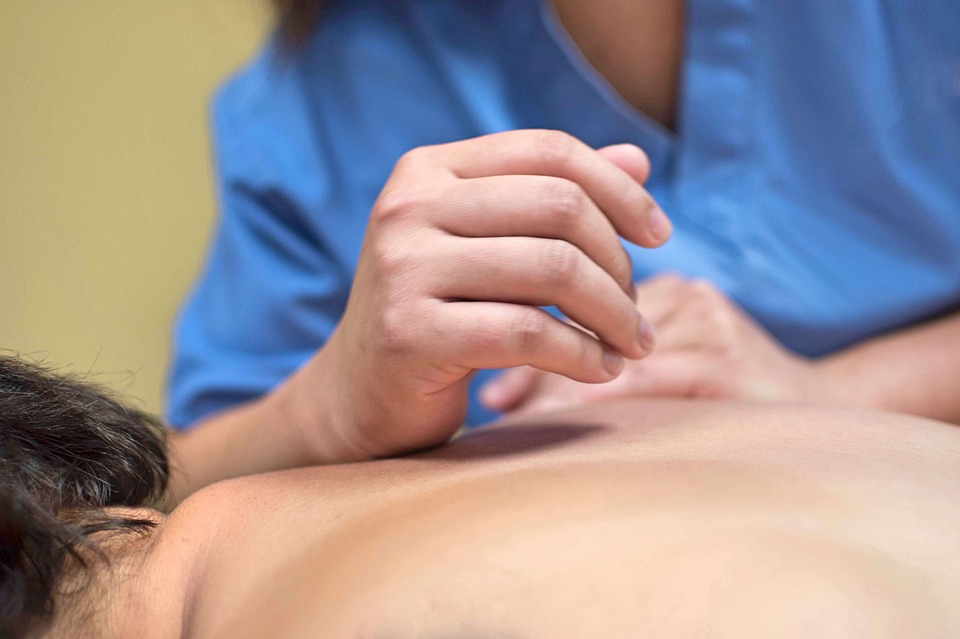The spine is made up of distinct areas: the cervical spine, which is essentially the neck; the thoracic spine, in the mid-back; the lumbar spine, the lower back; and the sacral spine, in the pelvis. The lumbar vertebrae—the individual bones that make up the lumbar section of the spinal column—are described as L1 through L5. If one or more of those vertebrae are out of line—what chiropractors call a ‘subluxation’—here are some problems that may ensue:
• Some nerves that emanate from the spinal cord through the L1 vertebra go to the large intestine. Constipation, diarrhea and uterine problems can arise.
• Nerves from L2 go to the abdomen, appendix, bladder and upper leg. Sciatica, cramps and leg pain can occur.
• L4 nerves also go to the prostate gland and to muscles in the lower back. Spasms, sciatica and leg weakness can result.
• L5 nerves go to the lower legs, ankles and feet. Weak ankles, tingling and swelling have been associated with an L5 issue.
Presented as a service to the community by Dr. Jeff












